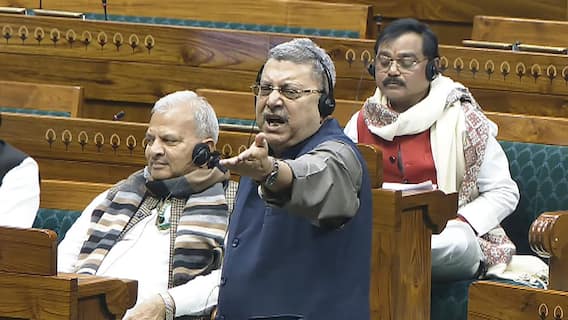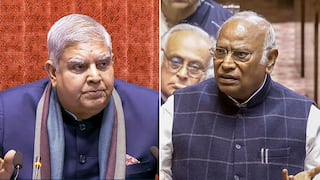All you need to know about Vice-President of India election

New Delhi [India], August 4 (ANI): The voting to elect India's 15th Vice President will be held on August 5 and the results will be announced the same day.
The term of incumbent Hamid Ansari, who has held the post for two consecutive terms, comes to an end on August 10.
Here is everything you need to know about Vice-president Election in India:
The election for the Vice President is conducted through a secret ballot where the members of Electoral College consisting of Members of the both Houses of Parliament including, the nominated members of Lok Sabha and the Rajya Sabha vote. Members of Parliament will use special pens for marking their choice. Votes marked with any other pen are liable to be rejected. The ballot paper shall contain the names of the contesting candidates, but does not contain any election symbol.
a) Rajya Sabha:
Elected = 233
Nominated = 12
b) Lok Sabha:
Elected = 543
Nominated = 2
TOTAL = 790
A candidate needs 20 electors as proposers and at least another 20 electors as seconders for his nomination. The candidate also has to make a security deposit of Rs. 15,000.
A person shall be eligible for election as Vice-President if he:
a) is a citizen of India;
b) has completed the age of 35 years;
c) is qualified for election as a member of the Council of States (Article 66).
A person shall not be eligible for election as Vice-President if he holds any office of profit under the Government of India or the Government of any State or under any Local or other Authority subject to the control of any of said Governments.
However, a person shall not be deemed to hold any office of profit by reason only that he is the President or Vice-President of the Union or the Governor of any State or is a Minister either for the Union or for any State.
The Vice President is the second highest constitutional post in India. The Vice President is the 'ex-officio' Chairperson of the Rajya Sabha.
In case of the demise or impeachment or resignation of the President, the vice-president becomes the acting President as the office of the head of the nation cannot be kept vacant and stays on the post for a maximum period of six months and performs all the functions of the President.
The Vice President is elected for a period of five years. There is no fixed retirement age to the Vice President and he or she can be re-elected as the Vice President for any number of times.
The Vice President is entitled to receiving the salary of the Chairman of the Council of States, which presently amounts to Rs 1,25,000 per month.
The Vice President can be terminated before the completion of fixed five-year term, either by resignation or by removal by the President. There is no formal process of impeachment for the removal of the Vice President, and a removal proceeding can be initiated when members of the Rajya Sabha vote against the Vice President in an effective majority and members of Lok Sabha agree to this decision in a simple majority.
A total of 14 days advance notice must be given prior to the initiation of the removal proceedings of the Vice President. In such cases, when a temporary vacancy in the office of the Vice President is created, the Deputy Chairman of the Rajya Sabha takes over the role of the Chairman of the Rajya Sabha.
Unlike the President, the Vice President is not allotted any special residential privileges while in office. While the President of India stays in the Rastrapati Bhavan, the Vice President is not subjected to any such benefits during his or her tenure as the Vice President. (ANI)
This story has not been edited. It has been published as provided by ANI
Trending News
Top Headlines





























